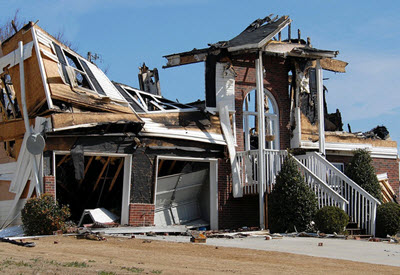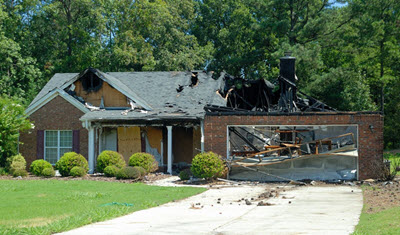One type of federal assistance available in the United States is the FHA mortgage loan insurance. This insurance can be very helpful if you for some reason can’t obtain private mortgage loan insurance or of such an insurance would be extremely costly.
At the time of writing, approximately 5 million mortgage loans for single-family homes have FHA mortgage loan insurance in the United States. Also, approximately 13,000 FHA mortgage loan insurance policies are active for multi-family projects.
A mortgage loan insurance policy protects the lender in case of default.
 If your creditworthiness isn’t high enough, it is common for lenders to require a mortgage loan insurance to approve your loan application. The insurance premium is paid by you.
If your creditworthiness isn’t high enough, it is common for lenders to require a mortgage loan insurance to approve your loan application. The insurance premium is paid by you.
There are many private companies that sell mortgage insurance policies, but the premiums tend to be prohibitively high for borrowers with a credit score below 620. If your credit score is below 575, it might even be difficult for you to find any provider willing to sell you loan insurance.
For qualifying borrowers, the FHA is selling a mortgage loan insurance that is reasonably priced even if you have a low credit score.
The U.S. Federal Housing Administration (FHA) is a government agency created by the National Housing Act of 1934. It was created during the Great Depression, when many single-family homes and farms where subjected to foreclosure.
In 1965, the U.S. Department of Housing and Urban Development (HUD) became the parent department for FHA.
The FHA is not the same as the Federal Housing Finance Agency (FHFA). The main responsibility of the FHFA the supervising certain government-sponsored enterprises.
The FHA mortgage loan insurance is a type of federal assistance, intended to help people become home owners.
No, the FHA will only insure mortgage loans from FHA-approved lenders.
Yes, you pay an upfront mortgage insurance premium (UFMIP) first and then an annual mortgage insurance premium each year.
With most (but no all!) FHA-approved lenders, you can borrow the money needed to pay the UFMIP.
The UFMIP is equal to 1.75% of the base loan amount.
The size of the annual mortgage insurance premium is calculated based on loan term and loan-to-value (LTV) ratio.
This is how the premium was calculated for 2015:
Max 15-year loan term, LTV up to and including 90 percent: 0.45% annually
Max 15-year loan term, LTV greater than 90 percent: 0.70% annually
More than 15-year loan term, LTV up to and including 95 percent: 0.80% annually
More than 15-year loan term, LTV greater than 95 percent: 0.85% annually
If your loan is especially large, there will be a surcharge on the annual mortgage insurance premium. For 2015, loans larger than $625,000 was subjected to this surcharge.
In most cases, the surcharge is 0.25 extra percentage points for loan terms of 15 years or less, and 0.20 extra percentage points for longer loan terms.
 If the starting loan-to-value ratio was 90% or below, it may be possible for your annual insurance premium to self-cancel after a certain amount of years if the loan-to-value ratio drops low enough. For 2015, the annual insurance premium was self-cancelled if the borrower had paid the annual premium for a minimum of 11 years and the loan-to-value ratio was 78% or less.
If the starting loan-to-value ratio was 90% or below, it may be possible for your annual insurance premium to self-cancel after a certain amount of years if the loan-to-value ratio drops low enough. For 2015, the annual insurance premium was self-cancelled if the borrower had paid the annual premium for a minimum of 11 years and the loan-to-value ratio was 78% or less.
If you get the loan-to-value ratio down by making extra amortizations, there will be no automatic self-cancelling. Our advice is that you contact the lender and negotiate directly with them; sometimes they will agree to terminate the FHA insurance. For loans with a 30-year term, this is permissible once you have made regular payments for 5 years.
In case of foreclosure, the FHA insurance policy will compensate the lender and the U.S. Department of Housing and Urban Development (HUD) will take possession of the collateral.
This article was last updated on: February 12, 2018